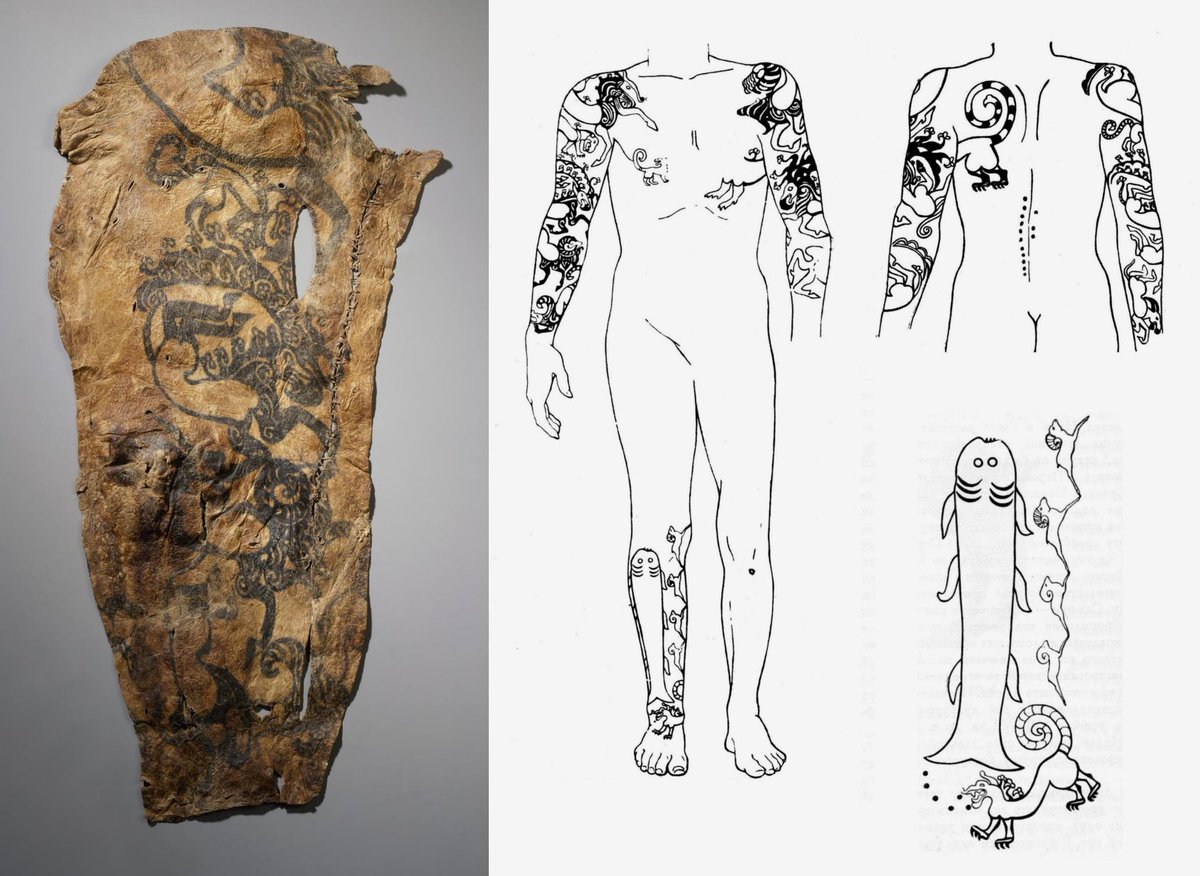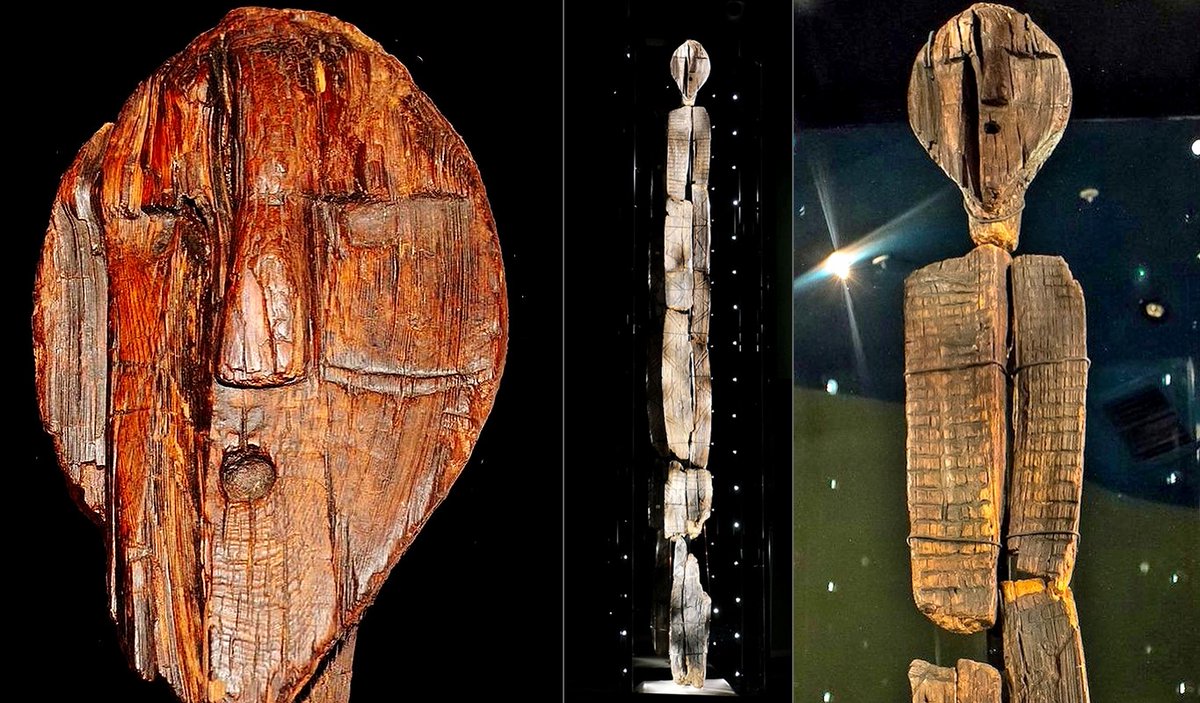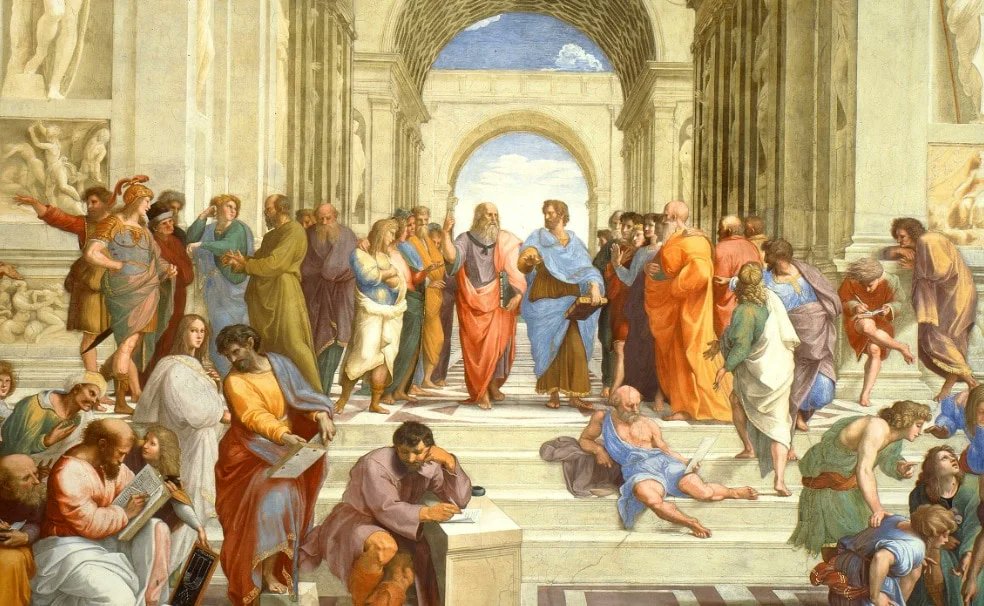Villagers chatting on one of the seats dismantled from the Roman theater in the ancient city of Aphrodisias (Geyre, Karacasu, Aydin, Turkey, photograph dated 1958. (Photographer: Ara Güler, colorized by me) 

Read more on our new book (pages: 170-172, Aphrodisias) - amazon.co.uk/dp/B09K27XPW3 

• • •
Missing some Tweet in this thread? You can try to
force a refresh




























